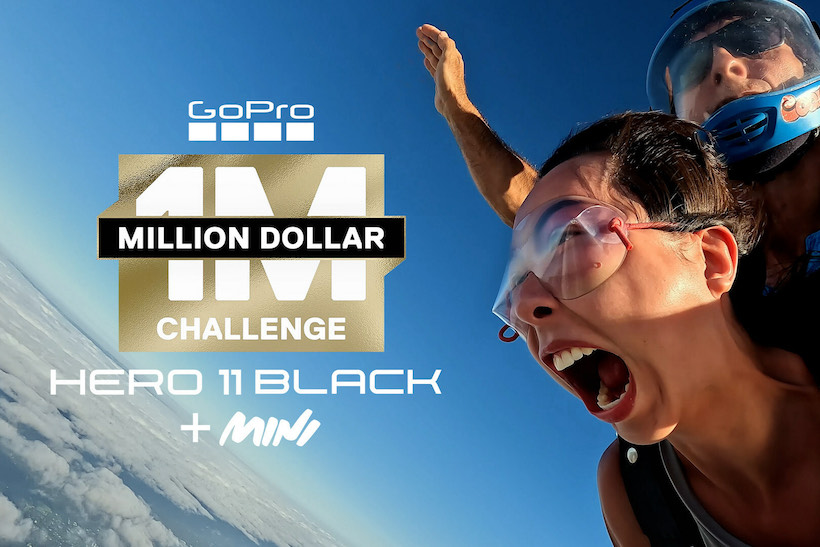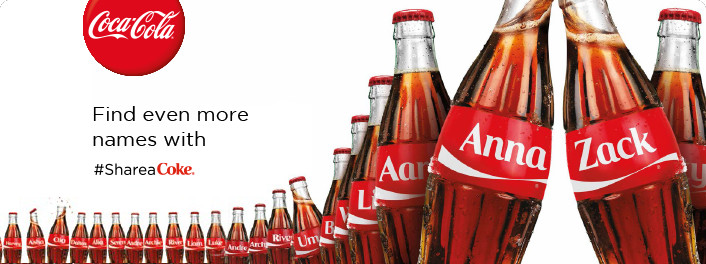Leveraging User-Generated Content: Case Studies from Successful Creative Agencies
Meta Description: Explore the power of user-generated content through case studies of successful creative agencies. Learn how to implement UGC strategies that engage audiences and drive results.
User-generated content (UGC) has revolutionized the way brands and agencies engage with their audiences. By leveraging authentic content created by real users, businesses can establish trust, enhance engagement, and drive conversions. In this blog, we’ll explore inspiring case studies from successful creative agencies, providing insight into how they effectively harnessed UGC to elevate their marketing strategies.
As someone with over five years of experience in SEO and a proven track record helping numerous businesses optimize their content strategies, I'm excited to share valuable insights into leveraging UGC. Whether you are a marketing professional, agency owner, or an entrepreneur, this article aims to inform and inspire you to incorporate UGC into your marketing approach effectively.
Understanding the Value of User-Generated Content
Before diving into case studies, it's essential to establish the importance of user-generated content in today’s marketing landscape. UGC refers to any form of content—such as videos, images, reviews, or social media posts—created by individuals rather than brands. The appeal of UGC lies in its authenticity; consumers today crave real connections and relatable experiences, often opting for genuine user testimonials over polished marketing materials.
Statistics Highlighting UGC Effectiveness
To understand UGC's potential, consider the following statistics:
- Engagement Metrics: According to a study by Nielsen, user-generated content is 20% more influential than traditional media in buying decisions.
- Conversion Rates: Research from TurnTo Networks shows that UGC can lead to a 29% increase in conversion rates, highlighting its persuasive power.
- Brand Trust: A report by Stackla indicates that 79% of consumers claim user-generated content significantly impacts their purchasing decisions.
Case Studies of Successful Agencies Leveraging UGC
Real-world examples bring the effectiveness of UGC to life. Here are three compelling case studies from successful creative agencies that effectively integrated UGC into their marketing strategies.
Case Study 1: GoPro

The Strategy: GoPro has built a culture around user-generated content by encouraging customers to share their adventure videos using the GoPro camera. They created the #GoPro hashtag, fostering a community of creators who showcase their incredible experiences.
The Results: By sharing user-generated content on their social media channels, GoPro not only increases their inventory of authentic footage but also cultivates a committed following. Their approach has led to increased brand loyalty and established GoPro as the go-to brand for adventure filming.
Case Study 2: Coca-Cola's 'Share a Coke' Campaign

The Strategy: In one of the most successful UGC campaigns, Coca-Cola launched the 'Share a Coke' initiative, where they replaced their iconic logo with popular names on bottles. The campaign encouraged consumers to share photos of their personalized Coke bottles on social media platforms.
The Results: This UGC campaign not only generated a buzz on platforms like Twitter but also led to a staggering 12,000% increase in engagement. The campaign successfully increased sales while fostering deeper emotional connections with consumers.
Case Study 3: BuzzFeed
The Strategy: BuzzFeed carries a unique approach by involving their audience in content creation. They utilize quizzes, polls, and interactive posts that encourage user participation, allowing their audience to feel like part of the content creation process.
The Results: This involvement has resulted in viral content that resonates with their audience, building customer loyalty and driving substantial traffic to their site. Their UGC initiatives capitalize on trend-based content, further enhancing their relevance in a fast-paced digital landscape.
Best Practices for Implementing UGC
To tap into the potential of user-generated content, here are some best practices agencies can adopt:
Utilize Hashtags: Create a unique hashtag to encourage user submissions. For instance, the #ShoutOutToMyHero campaign by the Red Cross invited people to share impactful stories, fostering community engagement.
Run Contests and Giveaways: Incentivizing users to share content through contests or giveaways is an effective strategy. For example, offering prizes for the best customer photos can significantly boost submissions.
Create Dedicated Platforms: Establish a platform or specific hashtag dedicated to users' submissions. This makes it easier to curate UGC effectively and provides a central hub for customers to interact with your brand.
Examples of UGC Across Various Platforms
Different social media platforms can serve as perfect grounds for UGC campaigns:
Instagram: Brands like Nature Valley have encouraged users to share their outdoor experiences with the hashtag #NatureValley, showcasing user photos on their profile, thus reinforcing the community aspect.
Pinterest: Retailers such as Lowe's engage customers by featuring DIY projects created by customers. This not only highlights customer creativity but also serves as inspiration for others.
Facebook: Starbucks has solicited ideas for new flavors from their fans, which resulted in successful product launches from real customer feedback, showcasing the role of UGC in product development.
Trends in UGC and Consumer Preferences
Tracking trends in UGC is crucial to stay relevant:
Research from Edelman shows that 63% of consumers trust brands more if they are transparent and engage authentically with their audience, reflecting the growing importance of authenticity in marketing.
The increasing intersection of UGC and influencer marketing highlights how 79% of individuals believe user-generated content impacts their buying decisions, indicating an opportunity for brands to leverage both strategies.
Legal and Ethical Considerations
When implementing UGC strategies, it's vital to navigate legal and ethical boundaries:
Always gain permission from users before using their content in your marketing materials. Establish clear guidelines for the use of UGC and provide credit whenever possible.
Familiarize yourself with platform-specific rules, such as those outlined by Facebook concerning the use of customer content in ads, ensuring that your UGC practices maintain compliance.
Tools and Platforms for UGC Curation
To manage and showcase user-generated content effectively, brands can leverage various tools:
- TINT
 : Helps brands collect and display UGC across websites and social media channels seamlessly.
: Helps brands collect and display UGC across websites and social media channels seamlessly. - Yotpo: Ideal for e-commerce brands, Yotpo utilizes ratings and reviews effectively.
- Bazaarvoice: A robust solution for retail marketers to source, manage, and display user-generated content.
Additionally, social listening tools can be invaluable, enabling brands to identify and curate valuable UGC while keeping track of customer sentiments.
Conclusion
User-generated content is a powerful marketing tool that is more relevant than ever. The success stories we've explored demonstrate its potential to enhance engagement, enrich brand authenticity, and drive conversions. By learning from these notable case studies, you can better understand how to effectively implement UGC strategies within your own campaigns.
Are you ready to elevate your marketing efforts? Start incorporating user-generated content into your strategy today and witness authentic engagement with your audience! If you found this article helpful, consider exploring our other resources on marketing trends or subscribe to our newsletter for more insightful content.
